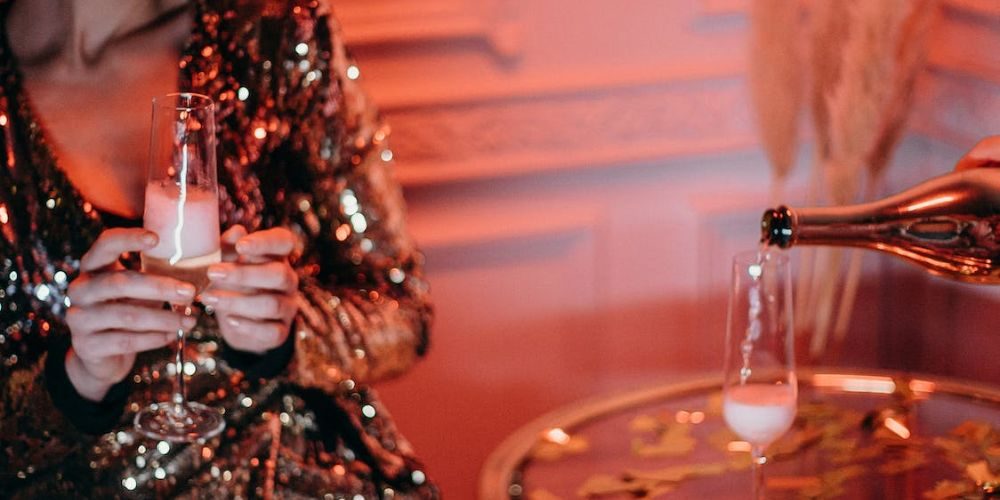
The Effect of Climate Change on Champagne’s Future

Champagne, the epitome of celebrations and luxury living, is riding high on soaring sales, surpassing 6 billion euros in 2022. However, a dark cloud looms over the vineyards of France’s Champagne region, where the impact of climate change threatens to alter the taste of this beloved bubbly.
Record Sales, But a Climate Conundrum
In 2022, a lot of Champagne bottles, a whopping 325 million, were sent to different places, especially to the United States, Britain, and Japan. The people in charge of Champagne (Comité Champagne) feel pretty good about how things are going now, but they’re a bit careful about what might happen in 2023. The thing is, it’s not about the sales; it’s more about how the weather is changing.
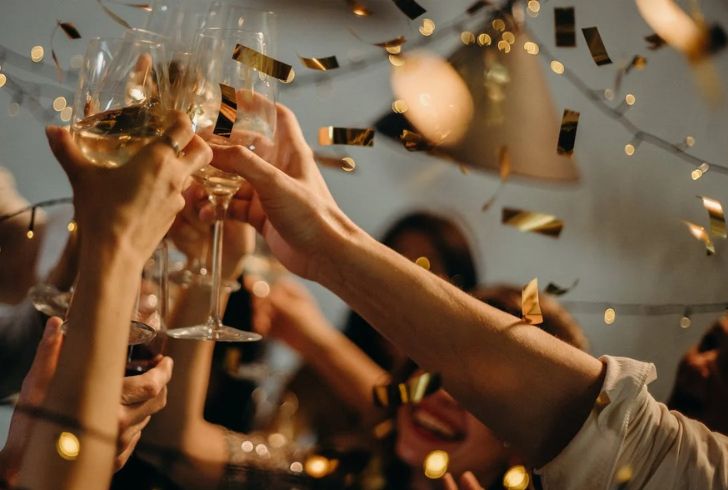
Pexels | Bubbly champagne glasses clinking in celebration.
Sunburned Grapes and Altered Flavors
The S&P Global Sustainable report predicts a tripling of the Champagne region’s exposure to drought risk by the 2050s, reaching a staggering score of 43. Sunburned grapes and damaged flavors become potential pitfalls. Even if the grapes survive, the erratic weather brings threats like fires, floods, and frosts, which can alter the development of the fruit and impact the flavor profile.
- UV Rays and Sunburned Grapes: Extreme UV rays can lead to sunburned grapes, damaging the flavor.
- Changing Acidity: Increased heat can alter the grapes’ acidity, affecting the freshness and characteristic “zip and zing” of Champagne.
Champagne Houses Adapting to Uncertain Climates
Recognizing that the Earth’s weather is changing, big brands like Moët Hennessy are doing things to adjust. Sandrine Sommer, who is in charge of making sure things are sustainable, says it’s important to be strong when dealing with the changes in the environment where the grapes grow.
- Adapting Harvest Times: Champagne houses like Taittinger are shifting their grape harvests to cope with changing temperatures, moving from the traditional end of September to the end of August.
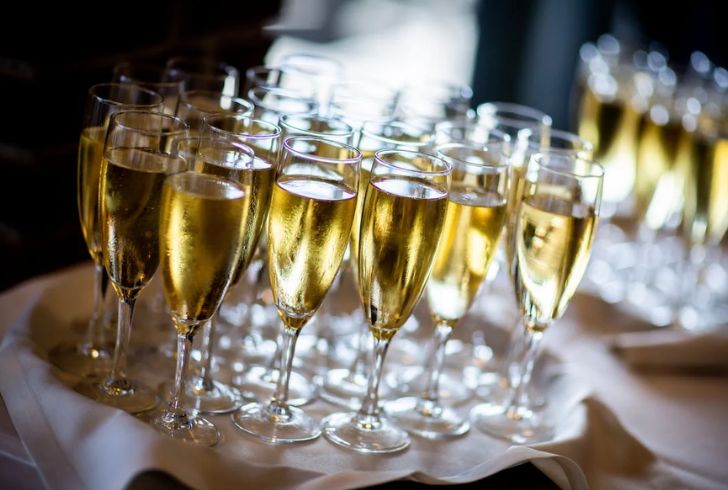
Pexels | Champagne tasting event with diverse glasses.
A Shift in Tastes: Richer, Riper, and More Transparent
Tasters have noticed a small but clear change in the flavor of Champagne as time goes by. The taste is getting richer, making Champagne more like other white wines and giving it a clearer profile. Critics are pointing out that the flavors are evolving towards a more luxurious and fuller experience, making Champagne stand out in a new way that resembles other delightful white wines.
The Champagne Method: Tradition in the Face of Transformation
Champagne production adheres to strict rules – from specific vineyard practices to grape-pressing methods. However, these age-old practices are facing challenges in the wake of climate change.
- Natural Sweetness: Rising temperatures are making Champagne naturally sweeter, reducing the need for additional sugar.
- Tweaking the Rules: Champagne houses are considering adjustments to production rules to navigate the changing climate.
Preserving the Bubbles: Champagne Houses’ Strategies
Champagne makers are trying different things to make sure they can keep making champagne in the future. One way they’re doing this is by putting money into places that have weather like Champagne.
For example, Taittinger and Pommery have invested in English sparkling wine. This helps them deal with similar weather conditions while making sure that French and English wines stay unique.
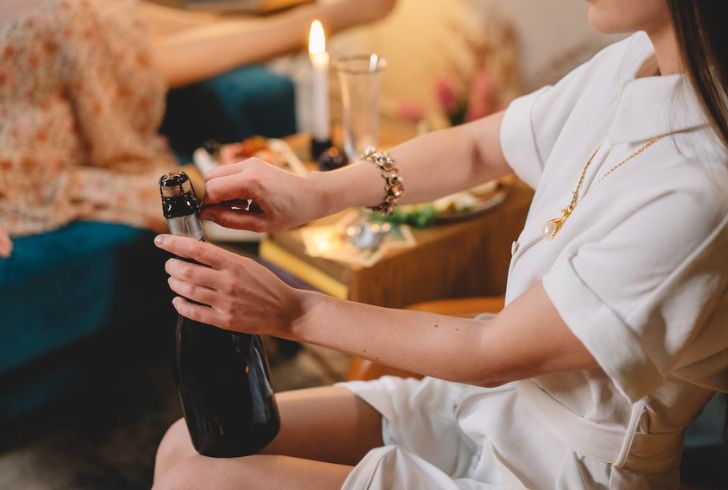
Pexels | Uncorking a bottle of champagne for a special occasion.
Uncertain Future: Evolution or Extinction?
As Champagne houses weigh their options, questions arise about the future of Champagne. Will the strict rules of production be adapted? Will Champagne still be the same bubbly elixir we know and love?
- Exploring New Grapes: The Comité Champagne is exploring new grape varieties, but finding grapes meeting Champagne’s high standards remains a challenge.
- Expanding the Area: Some suggest expanding the area where Champagne can be produced, while others argue it might compromise the essence of true Champagne.
Sipping into the Unknown
In the effervescent world of Champagne, climate change is creating ripples that may evolve into waves of change. As Champagne houses adapt and explore new horizons, the future of this beloved beverage remains uncertain. Will it be a delightful evolution or a bitter sip into the unknown? Only time will tell.
More in Luxury & Life Style
-
`
Heading Back to Work? Beware of Workplace Monitoring Systems
For many employees, returning to the office doesn’t just mean resuming in-person work. It also brings an unsettling reality—increased workplace surveillance....
March 11, 2025 -
`
Chinese Tech Stocks Hit Multi-Year Highs as AI and Earnings Drive Growth
Chinese tech stocks have been on an impressive winning streak, marking their longest rally in nearly five years. A combination of...
March 8, 2025 -
`
A Glimpse Into Mongolian Culture at the New Winter Festival
Mongolia’s harsh winter might not seem like an ideal time for a festival, but a new event celebrating nomadic culture has...
March 3, 2025 -
`
8 Unforgettable Music Festivals You Can’t Miss in 2025
Music festivals are not just about the beats or the headliners. They’re about connecting with people, experiencing different cultures, and making...
March 2, 2025 -
`
AI Tech Stock Boom in China – A Lasting Phenomenon or Short-Lived?
Last month, Chinese AI firm DeepSeek shocked the world of technology by releasing an AI model that was on par with...
February 26, 2025 -
`
Shein & Temu Hit by Trump’s Tariffs – Are Cheap Prices Over?
Shein and Temu have shaken up the fast-fashion industry by offering ultra-cheap clothing directly to consumers, bypassing traditional retail channels. But...
February 22, 2025 -
`
Why Malta Is the Perfect Place for a Family Vacation
Malta, a picturesque island in the Mediterranean, has long been a favorite destination for travelers seeking sun-soaked beaches, historical landmarks, and...
February 18, 2025 -
`
Bill Gates Says Divorce from Melinda Was His ‘Biggest Mistake’
Bill Gates has openly acknowledged that his divorce from Melinda French Gates remains the most significant regret of his life. In...
February 11, 2025 -
`
Why Post Malone’s Oreo Drop Is a Game-Changer for Celebrity Brands
Post Malone’s collaboration with Oreo is not just another celebrity-endorsed snack. This limited-edition launch, set for nationwide release on February 3,...
February 4, 2025
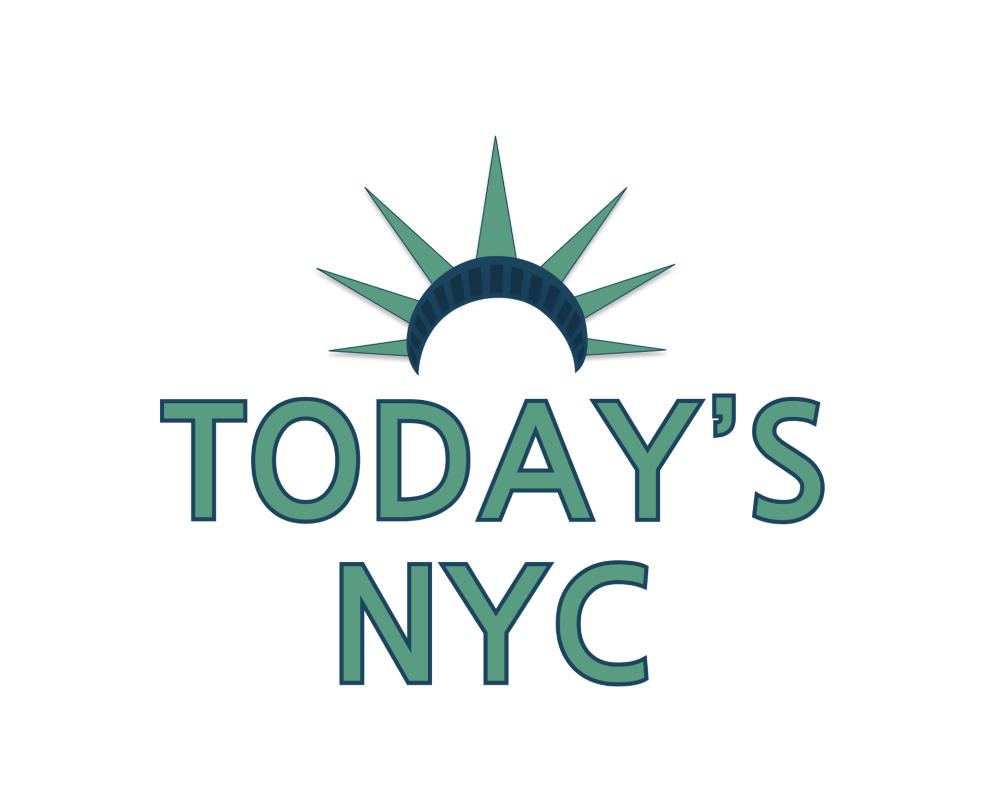

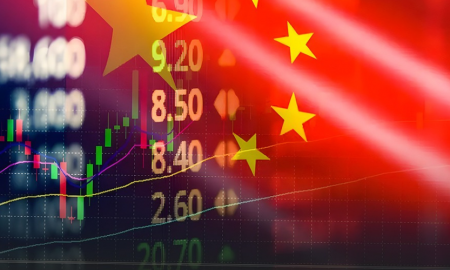
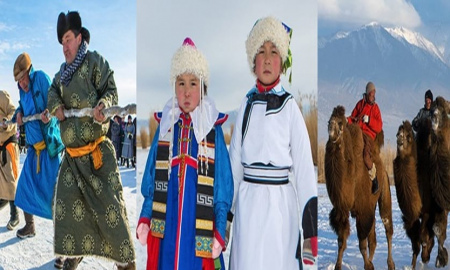
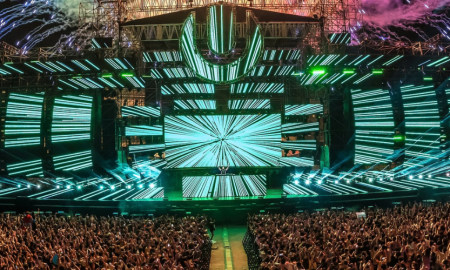
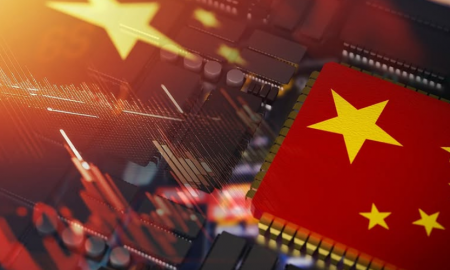
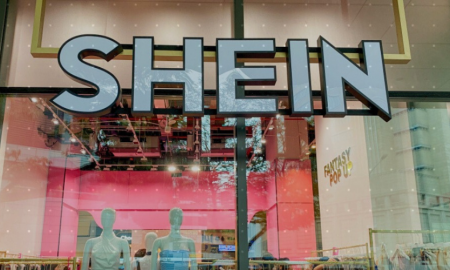
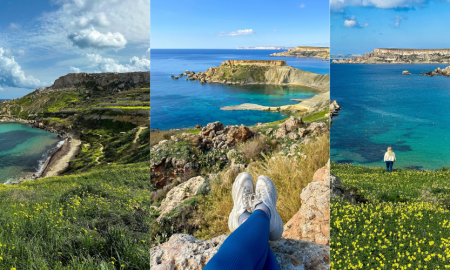

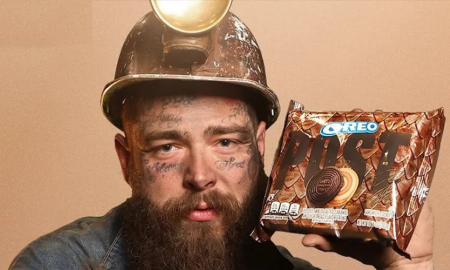

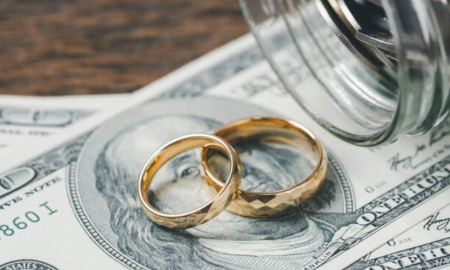
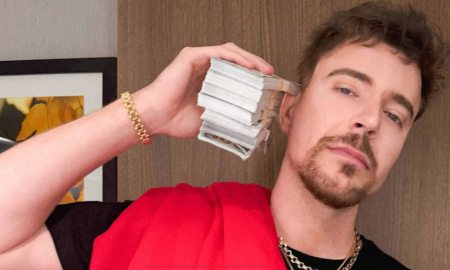

You must be logged in to post a comment Login